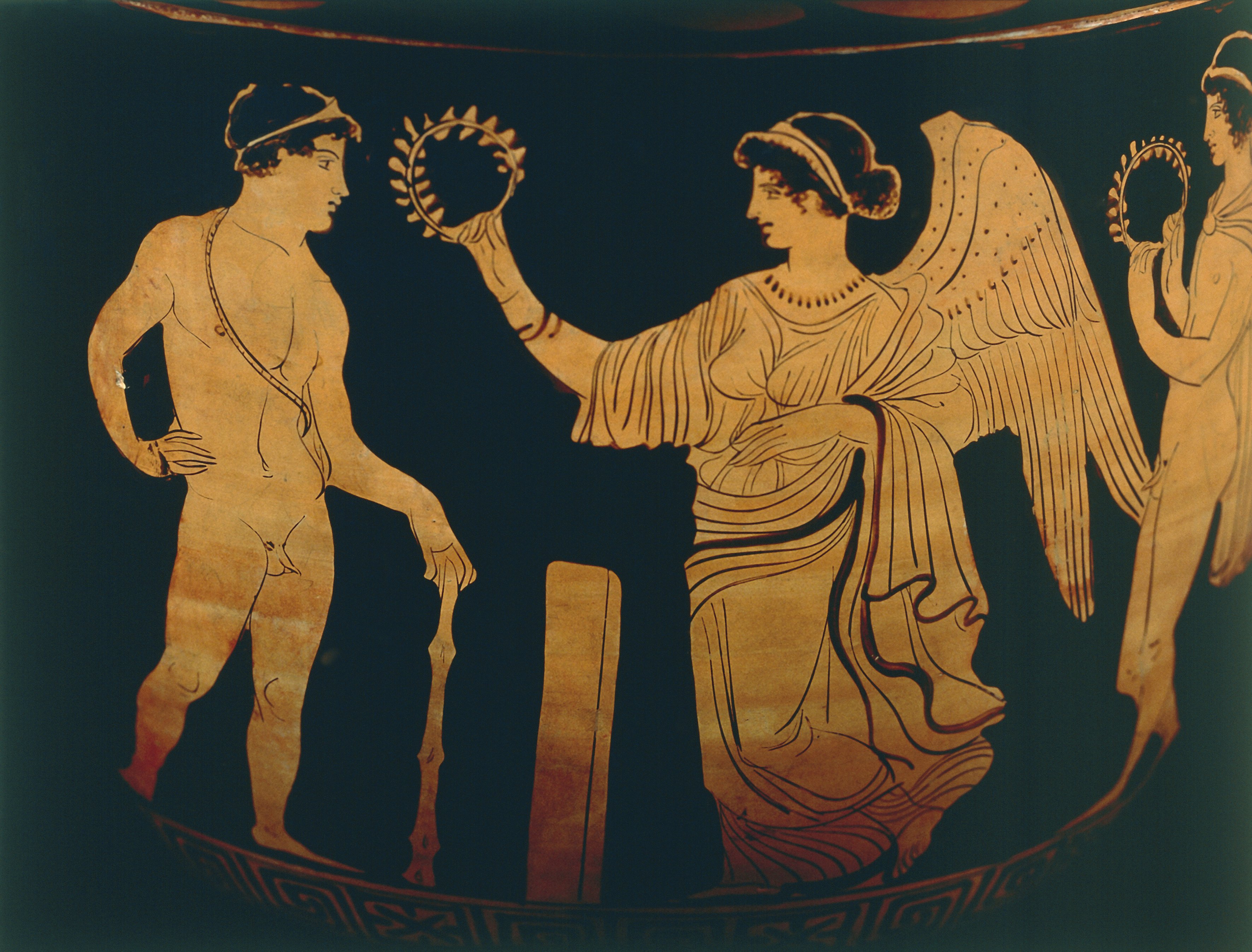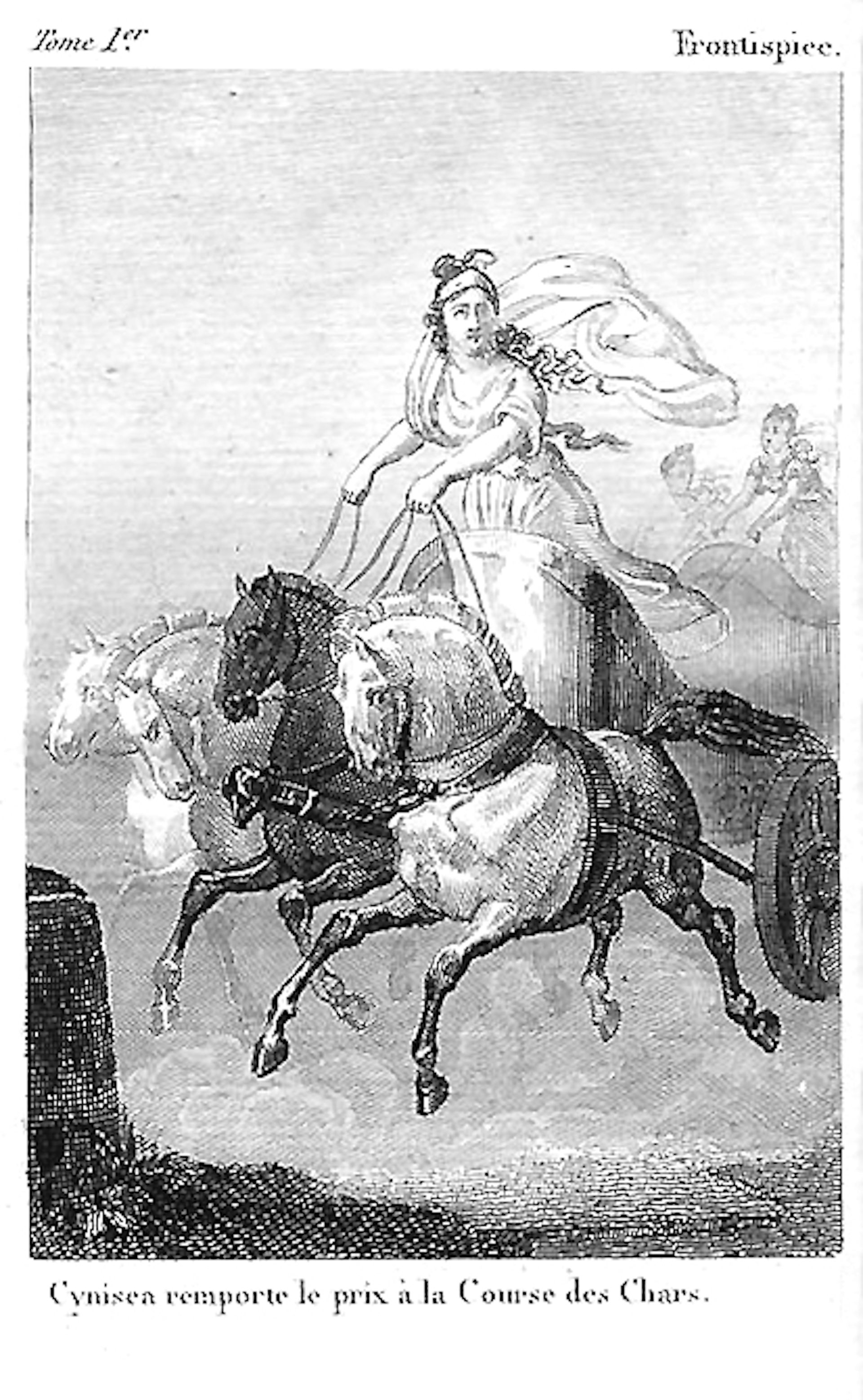

The hippodrome became gradually a showcase for wealth and political power and many distinguished Hellenes took part in this spectacular event at Olympia and other Greek hippodromes.

The chariot had its roots in the war-like tradition of the Achaians and preserved its ‘aristocratic’ status throughout the classical period. According to Pindar, a tethrippon race was held as early as 740 BCE and the victor was Samos of Mantineia. Intended for teams of four horses yoked to a two-wheel chariot, it is the most ancient equestrian sport, introduced at the 25 th Olympia (680 BCE) and won by Pagondas of Thebai. In contrast, the modern Olympics accommodate three rather meagre competitions of which only one, the Three-Day Event, is worthy of our history.

Two out of nine events, the apene (mule-cart race) and the kalpe (race for trotting mares) were dropped two generations after their introduction by decision of the Eleans The fact is that Greeks held nine equestrian contests (see below) as early as 27 centuries before our times. Unsurprisingly, the most ancient event was the tethrippon dating from 680 BCE or earlier, and the youngest was the keles polon (flat race for colts), introduced in 256 BCE. The evolution of the Olympic program was straightforward. The taurotheria was held at Larissa, in the Thessalian plains, and was a rodeo-like event in which the competitors leapt from their horses to grapple galloping bulls into submission. The taurotheria, for example, was a sport similar to the Minoan taurokathapsia. In Athens, boy riders threw the javelin at a target, men rode horses at carousels or drove chariots with a companion who had to run on foot - an old military sport also practiced in the neighboring cities of Thebai and distant ones in Thessaly.

Hippic events held elsewhere, such as at the Panathenaia, are beyond the scope of this book. They were introduced at Olympia as early as 680 BCE, and by 400 BCE the Olympic program was the richest of all. Hippic contests in both horse and chariot races were prominent features of all four Pan-Hellenic festivals (Olympia, Pythia, Isthmia, Nemea) and also at the Panathenaia.


 0 kommentar(er)
0 kommentar(er)
